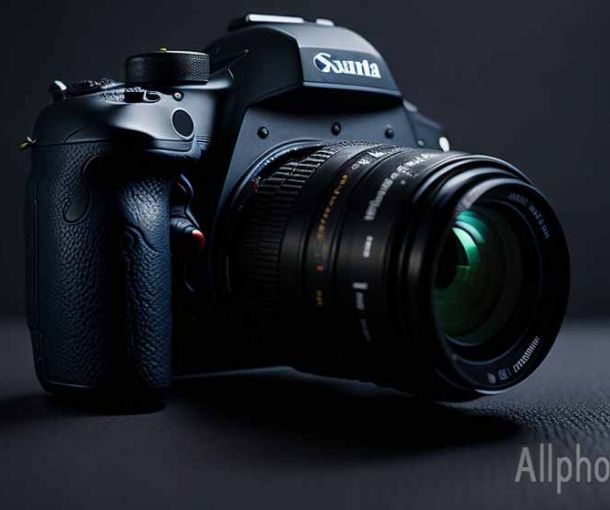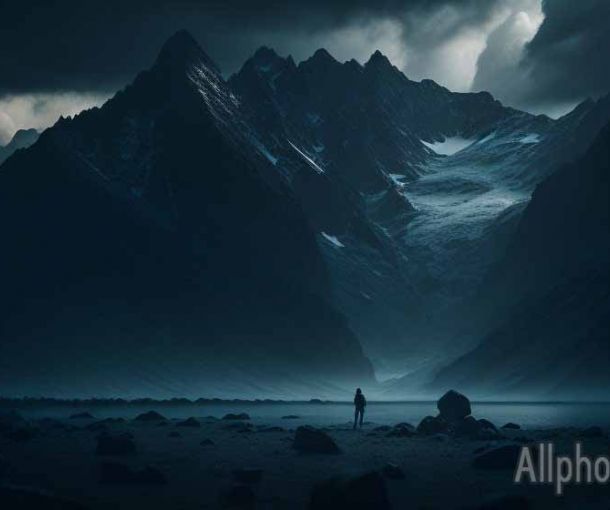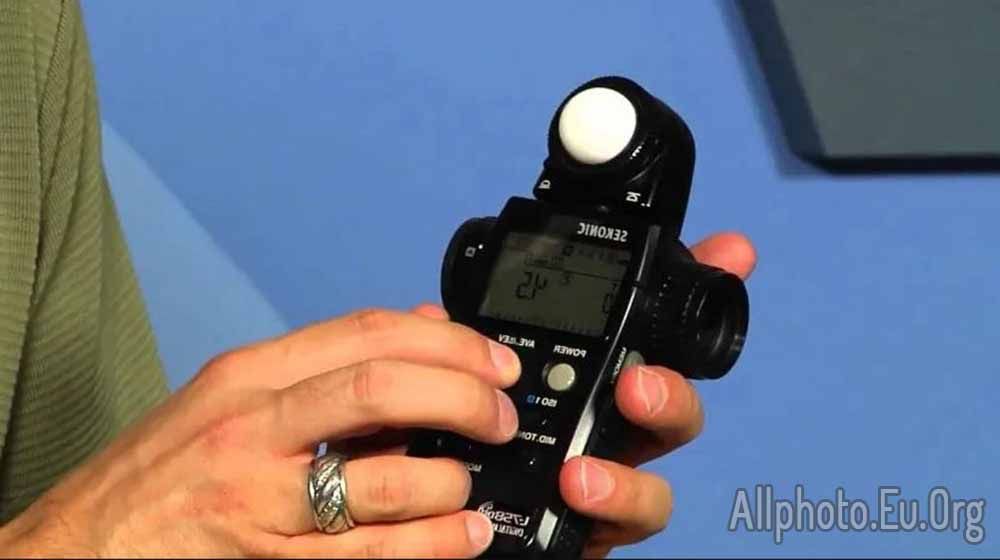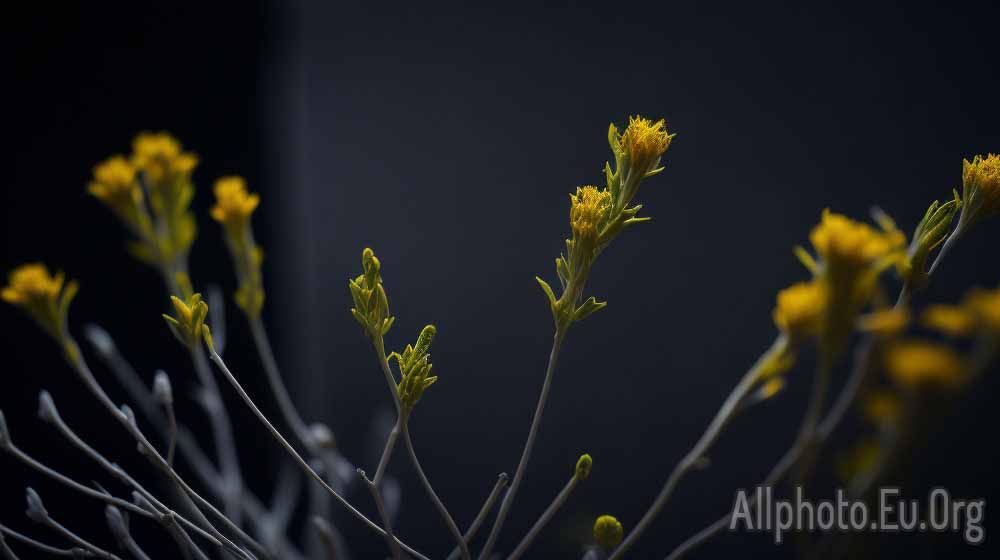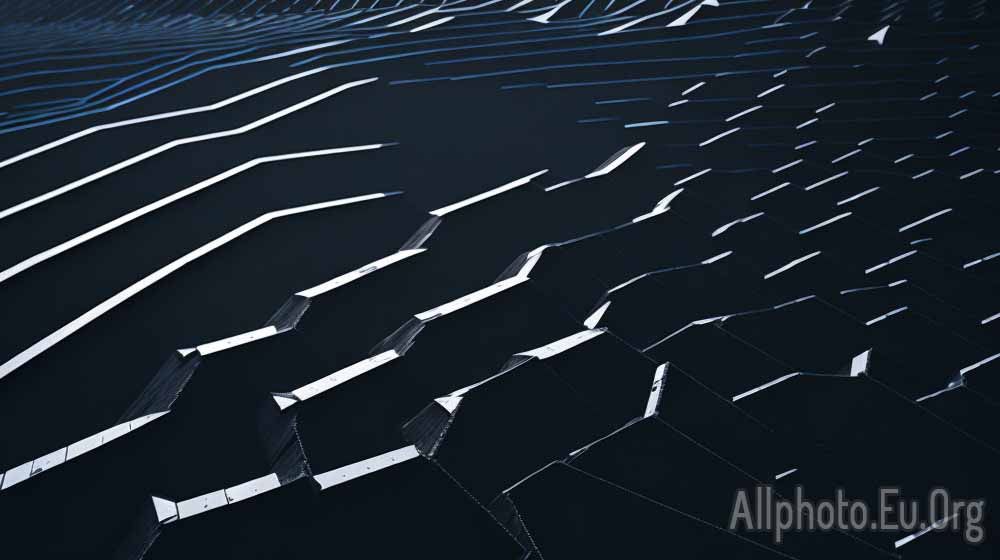The Role of Reflections in Water Photography: Creating Dreamy and Surreal Images
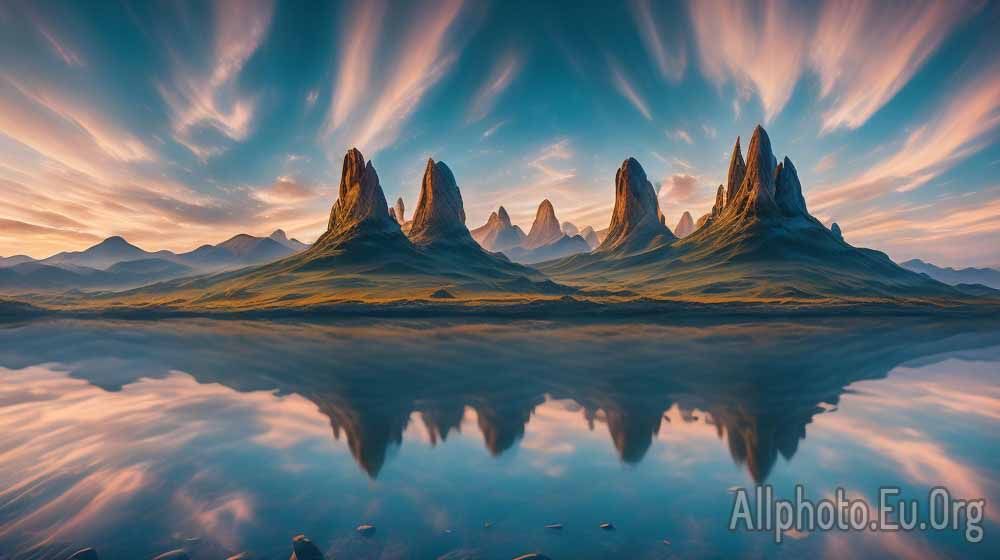
Water photography is a popular genre that has been around for decades. Photographers love to capture the beauty of water in all its forms, whether it be crashing waves, serene lakes, or flowing rivers. One technique that can take water photography to the next level is the use of reflections. Reflections can create dreamy and surreal images that capture the imagination of the viewer. In this article, we will explore the role of reflections in water photography and how they can be used to create stunning images.
What are Reflections in Water Photography?
Reflections in water photography occur when light is reflected off the surface of the water, creating a mirrored image of the surrounding environment. These reflections can be captured in a variety of water bodies, including oceans, lakes, rivers, and even puddles. Reflections are particularly striking when the water is calm and still, creating a mirror-like surface that reflects the world around it.
How Reflections Enhance Water Photography
Reflections can add an extra dimension to water photography, transforming an ordinary scene into a surreal and dreamy image. Here are some ways in which reflections can enhance water photography:
-
Add Depth and Interest to the Image
Reflections can add depth and interest to an image by creating a mirror image of the surrounding environment. This can create a sense of depth and dimension that would not be possible with a simple photograph. For example, a reflection of a tree in a lake can add depth to an image and create an interesting composition.
-
Create a Sense of Serenity and Calm
Reflections can also create a sense of serenity and calm in an image. A reflection of a sunset or sunrise in a lake or ocean can create a serene and peaceful atmosphere that is perfect for relaxation and contemplation.
-
Provide a Unique Perspective
Reflections can provide a unique perspective on a scene, creating a new and interesting way to view the world around us. For example, a reflection of a city skyline in a river can provide a unique perspective on an urban landscape.
Tips for Capturing Reflections in Water Photography
Capturing reflections in water photography can be a challenge, but with the right technique, it is possible to create stunning images. Here are some tips for capturing reflections in water photography:
-
Look for Calm Water
The key to capturing reflections in water photography is to look for calm water. The surface of the water needs to be still in order to create a clear and crisp reflection. Windy or choppy water can distort the reflection and create a blurry image.
-
Use a Polarizing Filter
A polarizing filter can be a useful tool for capturing reflections in water photography. A polarizing filter can reduce the glare and reflections on the surface of the water, making the reflection more visible and clear.
-
Experiment with Angles and Perspectives
Experimenting with angles and perspectives can help you to create unique and interesting reflections. Try shooting from different angles and heights to find the best composition for your image.
-
Play with Light
Playing with light can also help you to create interesting reflections in water photography. Early morning and late afternoon light can create a warm and golden glow on the surface of the water, while midday light can create a bright and vibrant reflection.
Conclusion
Reflections play an important role in water photography, creating dreamy and surreal images that capture the imagination of the viewer. By following these tips and techniques, you can capture stunning reflections in your water photography and take your images to the next level. Remember to look for calm water, use a polarizing filter, experiment with angles and perspectives, and play with light to create unique and interesting images that showcase the beauty of water and its reflections.
In addition to the tips mentioned above, it is important to keep in mind that patience and persistence are key when it comes to capturing reflections in water photography. It may take some time to find the perfect spot with calm water and the right lighting conditions. Don't be afraid to visit the same location multiple times at different times of the day and year to get the best possible reflection.
Furthermore, it is important to pay attention to the composition of the image when capturing reflections. The reflection should not be the sole focus of the image but rather complement the overall composition. Look for interesting elements in the foreground or background that can add depth and interest to the image.
Post-processing techniques can also enhance the reflections in water photography. Adjusting the contrast, saturation, and brightness can make the reflection stand out and create a more vibrant image. However, it is important not to overdo it with post-processing and maintain a natural and realistic look to the reflection.
In conclusion, reflections play a significant role in water photography, adding depth, interest, and a sense of surrealism to images. By following the tips and techniques mentioned above, photographers can capture stunning reflections and take their water photography to the next level. Remember to be patient, experiment with angles and lighting, pay attention to composition, and use post-processing techniques wisely to create unique and captivating images.
Tags
Latest Articles
Most Read
All Tags
Subscribe
Donate
Please consider supporting our efforts.
© 2023 All-Photo.Cf All rights reserved.



